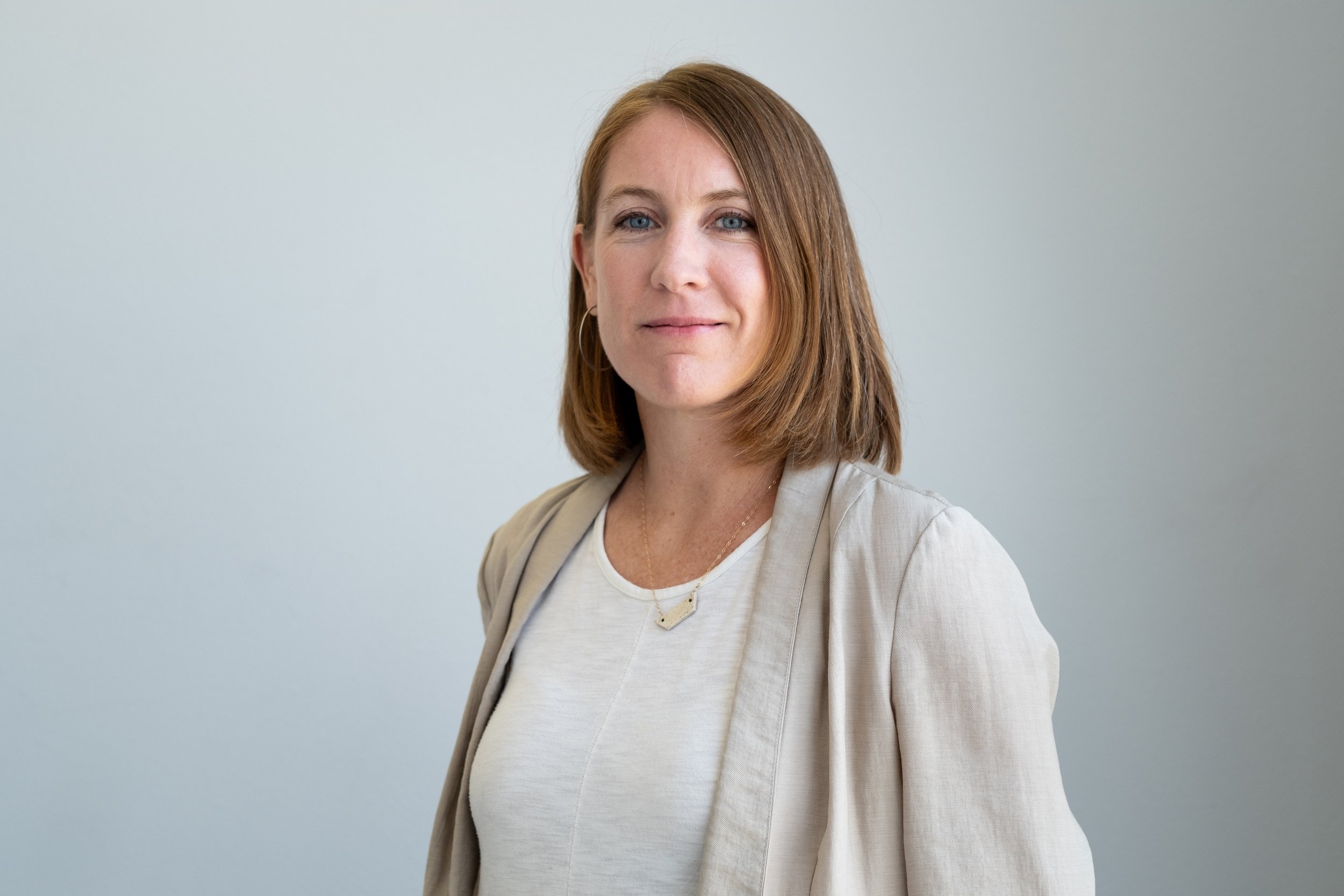Meet Anastasia—Former Colleague, Forever City Heights Advocate (Story 14/40)
In honor of our 40th anniversary, we’re sharing 40 stories of community—this is story #14 but you can see them all here. Thanks for reading, and thanks for 40 amazing years! Now a few words from former colleague and forever community advocate and friend, Anastasia Brewster.
###
I’m proud to have been involved in many different aspects of City Heights CDC’s work: from the Justice for Jonathan Cortez sidewalk campaign to the Little East Africa ladhu game tables and mural, from the advocacy that won transformative features for the Family-Friendly Orange Avenue Bikeway to community building at New Roots Community Farm.
This organization is full of people doing hands-on, relational work while simultaneously pushing the needle on regional policy change.
It was a unique privilege to get to work side-by-side with these co-workers and the many dedicated community leaders who call City Heights home, while playing a small part in equipping them to shape local projects and policies. Over my eight years with City Heights CDC, these relationships shaped and sharpen me, making me a more flexible, and hopeful leader. I have to say that I am particularly proud that two youth who I mentored and organized to come out to actions at City Hall while they were in high school are now on staff, and another is serving on our board.
These young leaders who grew up here, and intimately know the aspirations and struggles of their families and neighbors, are our future. City Heights CDC is motivated not by abstract strategic goals, but by relational connections that sustain urgency around the vision that this community can and must remain a safe and accessible place for low-income families. Community-based organizations are critical to community health, shepherding multi-generational vision for community-determined improvements, making sure local stakeholders are included in how the neighborhood is shaped by investment. It has been such a privilege to be part of this work, and I am confident that City Heights CDC will continue to wield influence for the good of this vibrant community of color, especially as our region struggles to address the housing crisis.
“What does City Heights mean to me?”
That’s impossible to answer succinctly. I’d want to blow your mind with an in-person tour of the sights, sounds, wonders, and even horrors of this place known for its diversity and density. Diverse, yes, 16 neighborhoods, all with distinct character, peppered with amusingly unlikely points of interest like the colorful Buddhist temples tucked into neighborhoods of bungalows, an organic plant nursery, a 5-mile canyon trail system that bursts with spring wildflowers, and more pho restaurants than I’ve had time to visit in 15 years.
Dense, yes, with hope and possibility, as first and second-generation immigrants reach for a future of safety and security they couldn’t secure back home. It’s the extreme economic pressure families live under that seems to translate to such welcoming ease at weekend gatherings, where the food starts cooking early and people linger much longer than my custom.
New Roots Community Farm, an unexpected work-assignment-turned-community, is such an apt reflection of City Heights, where people relax by working hard gardening, and celebrate by sharing from their bounty, and press on in the face of multicultural challenges—not in spite of them—but because they value the challenge as the way forward.
As I reflect on how City Heights has changed me, it has reinforced my value of investing in youth, softened my efficient edges making me a better friend, and touched my heart with the concurrent reality of struggle and beauty as a tension not to be fixed but joined, witnessed, and held.


